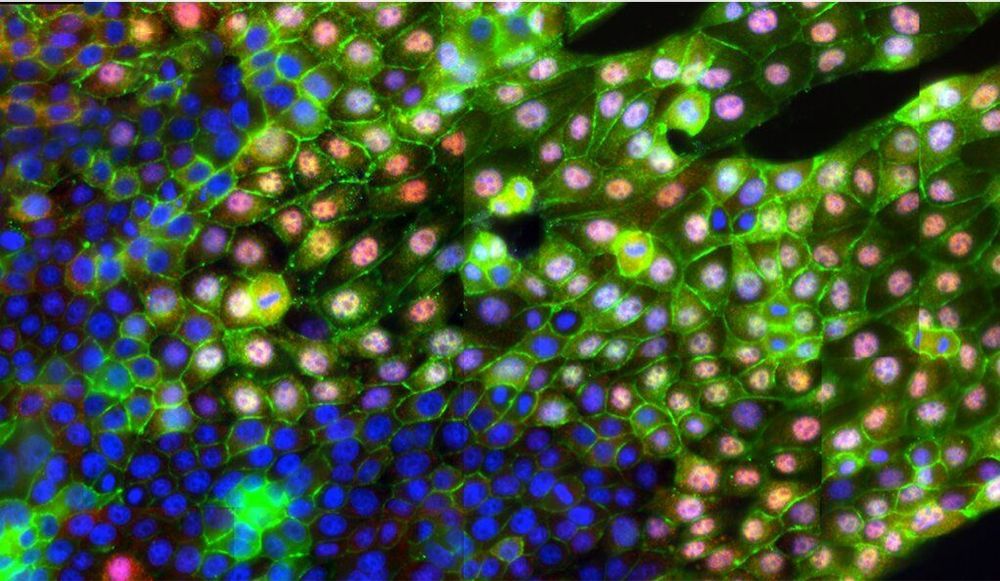Circa 2018
Based at the National Research Nuclear University MEPhI (Russia), a research team led by Prof. Yuri Rakovich has developed a tunable micro-resonator for hybrid energy states between light and matter using light to control the chemical and biological properties of molecules. The results have been published in the Review of Scientific Instruments.
The micro-resonator is a two-mirror trap for the light, with the mirrors facing each other within several hundred nanometers. A photon caught in the trap would form a localized state of an electromagnetic wave. By modifying the resonator’s form and size, operators can control the spatial distribution of the wave, as well as the duration of the photon’s life in the resonator.
The new invention makes it possible to control chemical and biological properties of molecules with the help of light. The micro-resonator can serve as the basis for new-generation instruments that can be used in biological and chemical sensing as well as to control the speed of chemical reactions and energy transfer efficacy.









